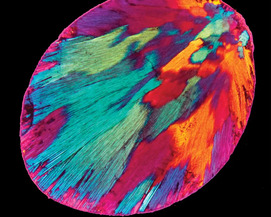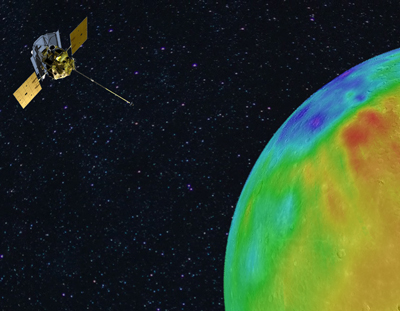Composition of Cosmic Dust: Sources and Implications for the Early Solar System
Many cosmic dust particles have escaped the aqueous and thermal processing, the gravitational compaction, and the impact shocks that often overprint the record, in most larger samples, of how Solar System materials formed. The least-altered types of cosmic dust can, therefore, act as probes into the conditions of the solar protoplanetary disk when the first solids formed. Analyses of these “primitive” particles indicate that the protoplanetary disk was well mixed, that it contained submicron grains formed in a diversity of environments, that these grains were aerodynamically transported prior to aggregation, which was likely aided by organic grain coatings, and that some minerals that condensed directly from the disk are not found in other materials. These protoplanetary aggregates are not represented in any type of meteorite or terrestrial rock. They can only be studied from cosmic dust.
Composition of Cosmic Dust: Sources and Implications for the Early Solar System Read More »



